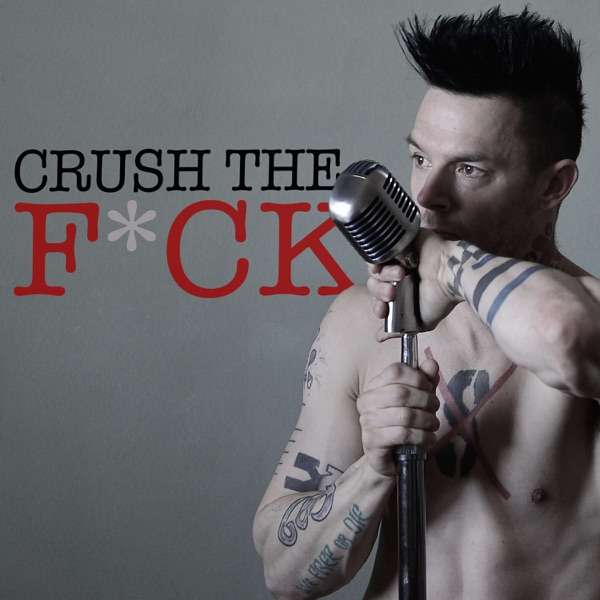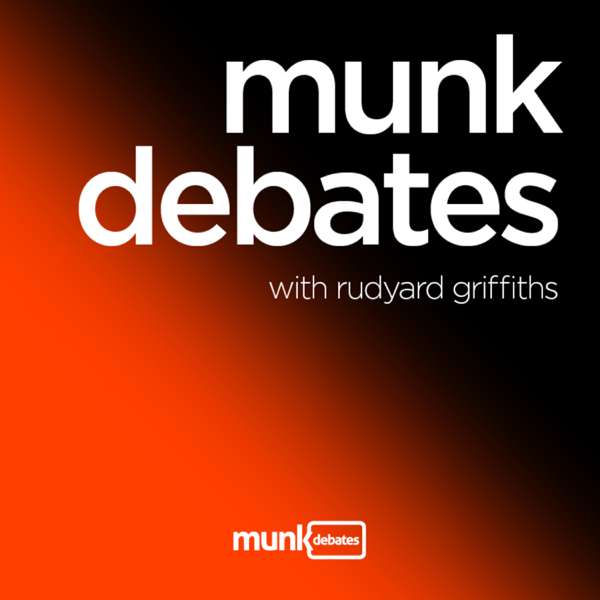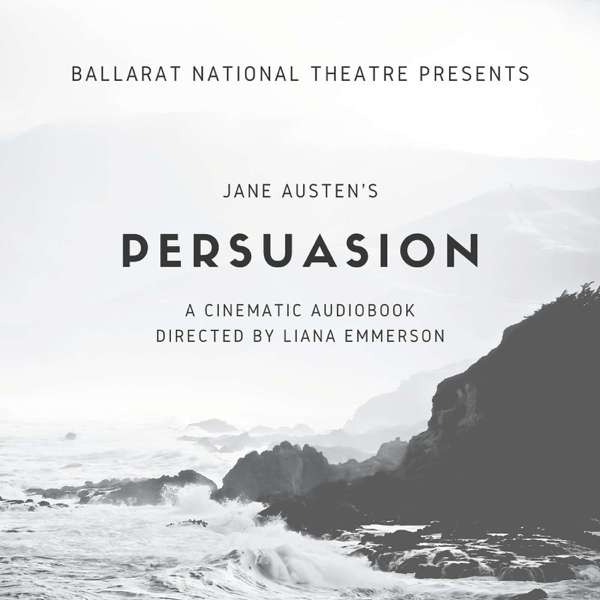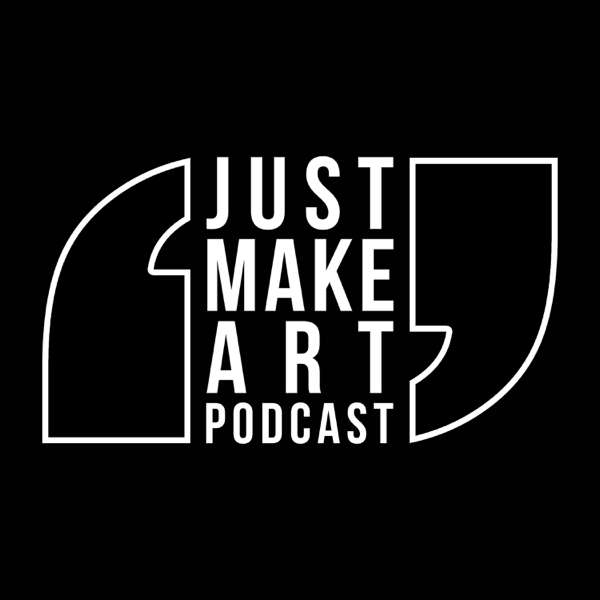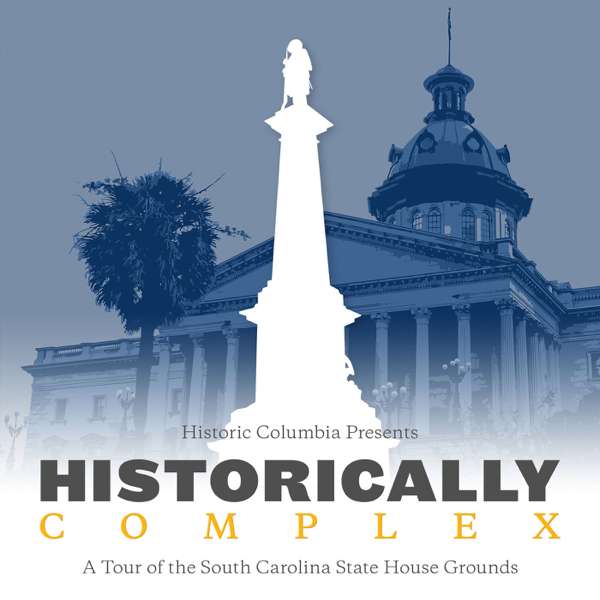In an era brimming with instant gratification, some things are worth the wait. This is an apt takeaway from our chat with photographer Charles Daniels about his long-outdated film from the legendary Boston Tea Party and other 60s-era music venues, rarely processed until recently. Joining Daniels in conversation is his long-time partner Susan Berstler, and Gerald Freyer from Film Rescue International, the unique image processing and digitization specialists entrusted with his mother lode of 4,000 plus rolls.
Listen in as Daniels tells of his rise from club denizen to emcee to cultural ambassador, introducing 60s-era British invasion rockers to America, with a Leica, two Nikons and a mic in hand. Berstler describes how the unprocessed rolls stockpiled in their home became a COVID project, which then went viral after the launch of a Go-Fund-Me campaign.
After a break, Freyer explains how Film Rescue International's unique processing and scanning technologies can breathe new life into lost and found film, saving untold stories from oblivion. Freyer also recounts his epic drive from Saskatchewan to Somerville (and back!) to safely collect the film for processing, without risking x-rays or other shipping hazards.
As Daniels notes during the show, "For years, I never really developed any film, but I was shooting all the time. It was just there, and then at some point I realized that I needed to bring some of this older stuff to light."
With a nod to Daniels's 80th birthday on November 30th, the pictures may have been a long time coming—but what a fabulous gift to photographers and music aficionados alike!
Guests: Charles Daniels, Susan Berstler, Gerald Freyer
Photographs © Charles Daniels
For more information on our guests and the gear they use, see: https://www.bhphotovideo.com/explora/podcasts/photography/master-blaster-charles-daniels-reveals-his-unseen-60s-era-photo-archive
Guest Bios:
Charles Daniels was born in segregated Alabama, where his parents ran a late-night speakeasy after farming cotton all day; maybe that's how outlaw music got into his blood. After moving to Boston's Roxbury neighborhood with his family in the 1950s and teaching himself photography with a camera he found in his parent's closet, Charles began capturing whatever caught his eye on city streets and in the era's legendary music venues. Soon he was serving as emcee for the bands, which provided unique access and strong friendships. This led to Lear Jets and tours with the likes of Rod Stewart, Ron Wood, and the Rolling Stones. Since his start in rock-and-roll, Charles has expanded his photography to embrace a wide range of subjects from music and fashion to dance, performance, and everything in between.
Susan Berstler has a long history as a visual artist, curator, and arts producer, deeply immersed in the vibrant arts scene of Somerville, Massachusetts. One of her primary interests is transformative events and media, especially within public art. Her passion for this medium is further enhanced by her work as an Emerging Technology Specialist for Creative Technologies at Harvard University's Cabot Science Library. After a small grant from the Somerville Arts Council allowed her to begin developing Charles's treasure trove of film, the Go-Fund-Me campaign set up by a friend quickly went viral, raising more than $70,000 to date. Susan was referred to the company Film Rescue International, which became an ideal solution for film processing and creating high-resolution archival files from the negatives. At present, she is also in discussions with publishers and university archives to identify a final home for this unique image collection.
Gerald Freyer is a technically trained photographer who also studied folklore, monument preservation and cultural history at the University of Bamberg in Germany. After working as a research assistant in museums, he became a consultant for digital imaging pioneer Phase One. Since 2007, Gerald has trained museum and archive staff in the use of high-end digitization systems, completing both archival and 360-degree photography projects for international museums and cultural institutions. In 2021, he joined Film Rescue International to work on digitization projects for its clients.
Stay Connected:
Charles Daniels Go-Fund-Me Website: https://www.gofundme.com/f/2500-rolls-Charles-Daniels
Charles Daniels Facebook page: https://www.facebook.com/profile.php?id=100088252000625
Film Rescue International Website: https://www.filmrescue.com
Film Rescue International Facebook: https://www.facebook.com/filmrescueinternational/
Episode Timeline
4:15: Charles Daniels's start as a music emcee and his most productive years for photography: 1967 – 1969
6:36: A friendship with J. Geils Band front man Peter Wolf and coming up with his Woofa Goofa nickname
8:20: Hanging out with the bands during the day provided easy access and authentic pictures
10:07: Daniels's most enjoyable Rock & Roll subject and co-photographer mate: Alvin Lee from 10 Years After
13:26: How far to push black and white film for best results with concert pictures in low light
14:32: Using a handheld light meter, and shooting with Nikons and Leicas for best results
15:10: Daniels's go-to lens: a 21 mm wide-angle for a different look
15:41: The challenge of pushing black and white film and not labeling it with the ISO
18:34: Daniels's shooting strategy as emcee: a microphone in one hand and a camera in the other
20:53: Finding Charles's undeveloped film became a COVID project
21:55: Unprocessed color film includes several rolls of Kodachrome, which was developed as black and white
22:16: Juggling an active Go Fund Me campaign with Charles's recent health issues
24:30: Connecting with the lab Film Rescue International after developing initial rolls locally
25:35: Episode break
26:43: The back story to Canadian lab Film Rescue International in processing lost and found film
27:45: Effects to undeveloped film over time is based on cold storage and other environmental factors
28:46: A two-step process for developing old color film, including Kodachrome
30:35: The first step in Film Rescue's development process with lost and found film
33:34: Proprietary chemistry for film development, plus years of experience
34:22: Processing and scanning movie film, 16mm, and Kodachrome Super-8 with high end laser graphic film scanner
35:10: Do certain types of film hold up better over time than others?
36:05: The importance of scanning old transparencies to maintain color integrity and save the image
37:46: Digital scanning of slides and negatives can offer more detail and better quality than the original photo
39:50: Film Rescue International's workflow and time distribution between film development and scanning
41:14: Gerald Freyer's epic 7-day trip from Saskatchewan and Somerville to pick up Charles's film
43:08: Safety issues when shipping film and the risk of x-rays
45:59: Gerald's favorite picture from Charles's film: Joe Cocker
46:36: An update on Charles's project and the potential for a book and documentary
48:04: Susan's favorite roll of Charles's film: Jeff Beck Group on the tarmac
49:09: The thousands of stories Film Rescue discovers in its work, and how to reach them
50:54: Contact details for Charles Daniels and the project's Go-Fund-Me page

 Our TOPPODCAST Picks
Our TOPPODCAST Picks  Stay Connected
Stay Connected


